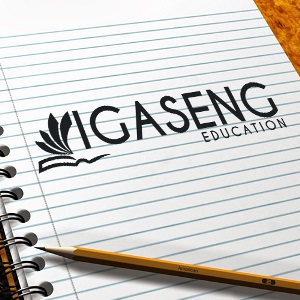The Beauty in Effective PR
A well-groomed image attracts people to you and shows that you care about yourself, whilst also commanding a degree of respect from others. Previously considered an exclusively female domain, men now also do much more to enhance their image than…
Sponsoring Effective Change
Are business leaders providing the compelling reasons for the change with sufficient emphasis on the risks of not changing? Building awareness of the need for change requires the following components to be addressed: What is the nature of the change…
Technical Documentation for Effective Knowledge Transfer
What drives us to produce technical documentation, who produces them and what types are commonly in use? When we think of something as being technical we usually think of something in a technological, mechanical or scientific arena that is characterised…

